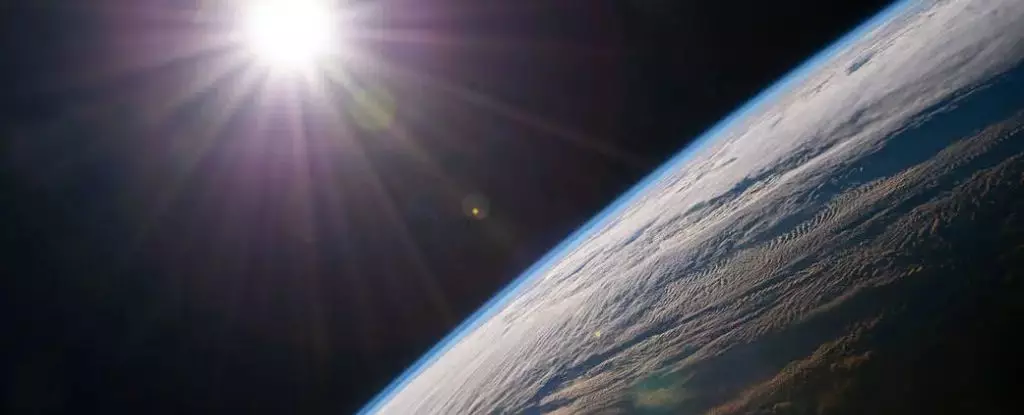Recent research has shed light on a potential connection between the passing of a star and changes in Earth’s orbit that could have significant consequences on the planet’s climate. The study conducted by planetary scientist Nathan Kaib and astrophysicist Sean Raymond suggests that a star passing near the Solar System around 56 million years ago may have disrupted planetary orbits enough to alter Earth’s course. This finding challenges existing models of Earth’s orbital evolution and presents a new avenue for understanding ancient climate anomalies.
The period between the Paleocene and Eocene epochs saw a drastic rise in Earth’s temperature by up to 8 degrees Celsius. This warming event, known as the Paleocene-Eocene Thermal Maximum, has long puzzled scientists due to its rapid and intense nature. The study by Kaib and Raymond proposes that the interaction between a passing star and the Solar System could explain this mysterious climate anomaly by nudging Earth off its previous orbital path.
While scientists have attempted to reconstruct Earth’s orbital history through simulations, these models often overlook the influence of external factors such as passing stars. The researchers posit that accounting for the dynamic nature of the galaxy in which the Solar System resides is crucial for accurately predicting past orbital behaviors. This broader perspective reveals that Earth’s orbital eccentricity during the Paleocene-Eocene Thermal Maximum may have been more complex than previously assumed.
The study focused on a specific stellar event involving a Sun-like star named HD 7977 passing near the Solar System approximately 2.8 million years ago. Although the star’s closest approach was within 4,000 astronomical units, the researchers observed a gravitational influence on the planets’ movements in relation to the Sun. This suggests that even distant stellar encounters can impact the dynamics of the Solar System, potentially leading to variations in Earth’s orbit and climate over time.
By considering the effects of passing stars on the long-term evolution of the Solar System, researchers can gain a more comprehensive understanding of Earth’s climate history. The study by Kaib and Raymond highlights the significance of stellar encounters in shaping planetary dynamics and emphasizes the need to incorporate these factors into future studies. By reevaluating existing models with this new perspective, scientists can refine their predictions of Earth’s orbital behavior and its broader implications for climate change.
The research conducted by Nathan Kaib and Sean Raymond underscores the potential impact of passing stars on Earth’s orbit and climate, challenging conventional theories of planetary dynamics. By acknowledging the role of external influences in shaping Earth’s orbital history, scientists can enhance their understanding of ancient climate shifts and improve predictions of future changes. This study opens new avenues for investigating the interconnectedness of celestial bodies in the galaxy and their effects on our planet’s evolution.


Leave a Reply